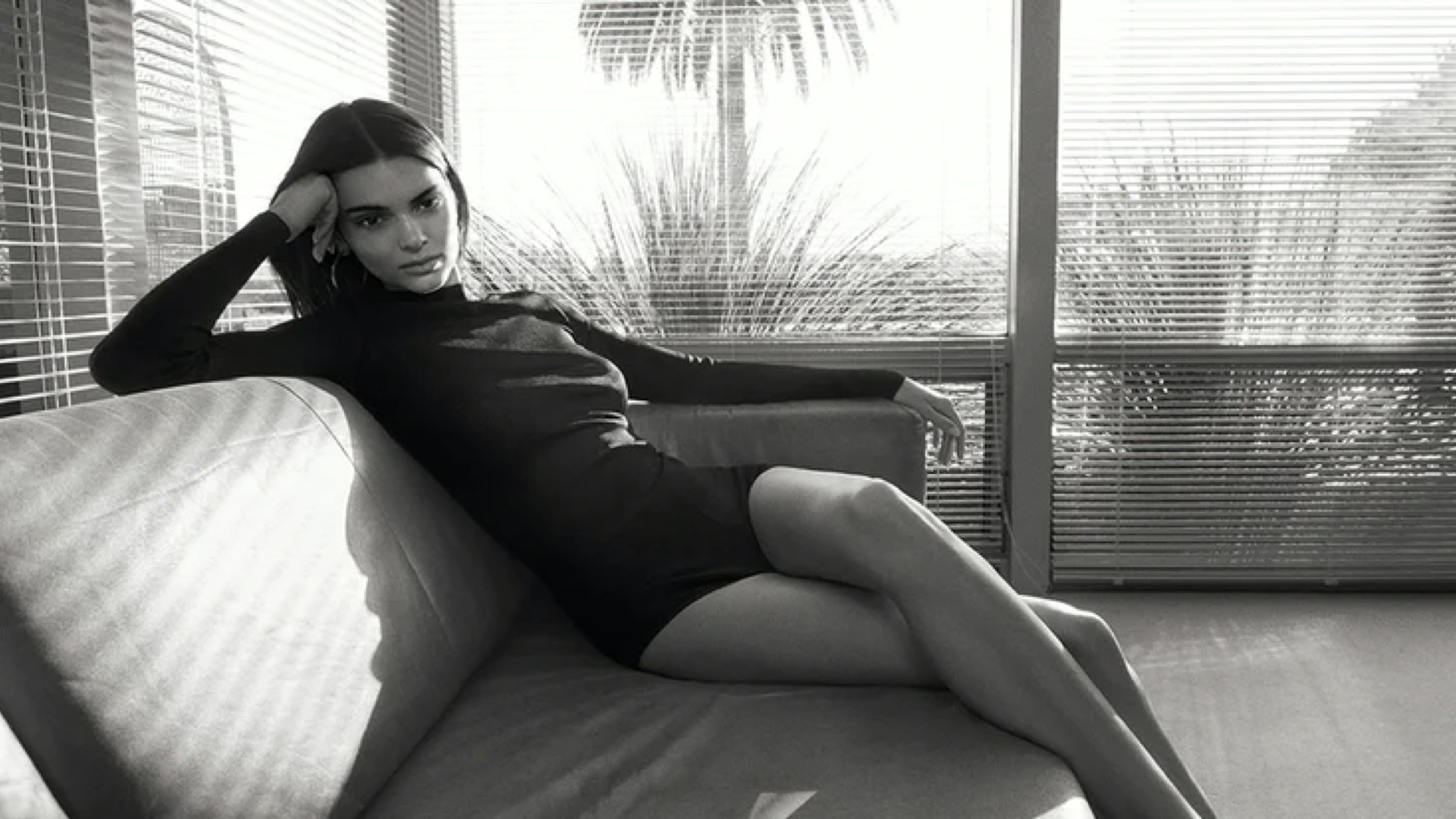An influencer brand collab? That’s so 2020.
This year, influencers are getting in—and making major bank—from the inside. By that we mean they’re actually joining companies to work on their teams, sometimes as creative directors and sometimes even as partner or co-owner. It’s not exactly a seamless transition from sponsored post to paid employee but it’s a trend that’s only growing.
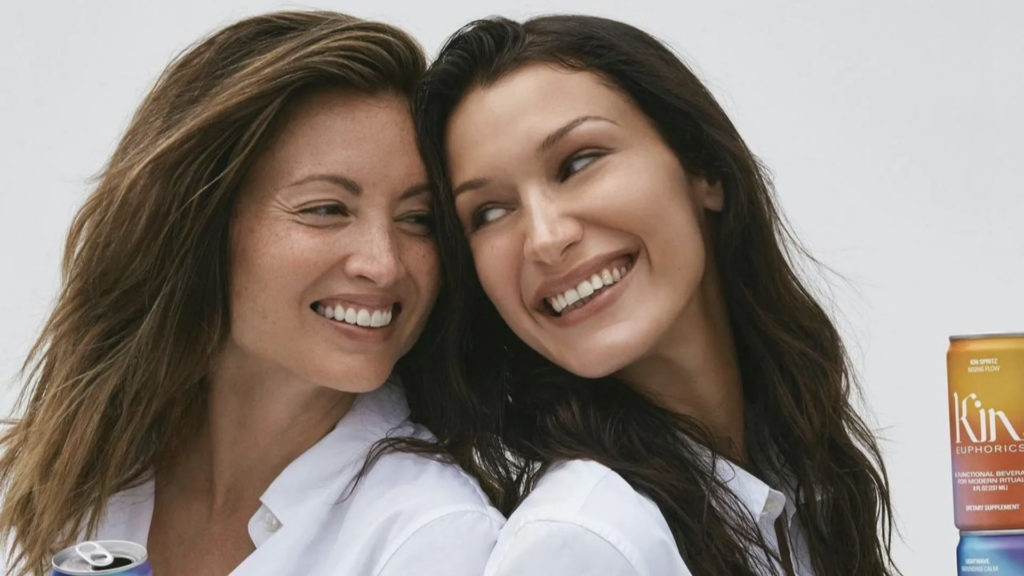
When you dig down, it kind of makes sense that Bella Hadid (46.6 million followers on Instagram) is the COO of Kin Euphorics, a non-alcoholic beverage (featured on our Non-Alcoholic Social Guide) with a trippy label that would prefer to be called a functional drink. Or that Cara Delevigne (43.6 million followers on Instagram) joined sex toy company Lora DiCarlo as not just the creative director but also the co-owner. Both aren’t exactly coming to the table with leadership skills or previous expertise at scaling a startup but what they are bringing with them is millions of potential new customers, daily opportunities for sharing how they take, drink or use their product—and they also have the data to show what their following best reacts to.
Brands are seeing influencers as “culture experts.”
They’re relying on them to decipher what their followers want and what they’d actually buy, so the products they’re creating are even more relevant and allow for a deeper relationship with the consumer, naturally leading to even higher engagement on social media.
“Working as an influencer essentially involves marketing yourself,” Hannah Holland, managing director at influencer agency HLD Management told Vice. “You are a personal brand. Working as a creative director, you’re just utilising those skills and the aesthetic you’ve built across your own platforms and putting them towards a brand.” For a brand ambassador who already knows that their following is uniquely loyal to a specific brand, it makes way more sense to sign a long term contract versus signing up for a one-and-done collab.
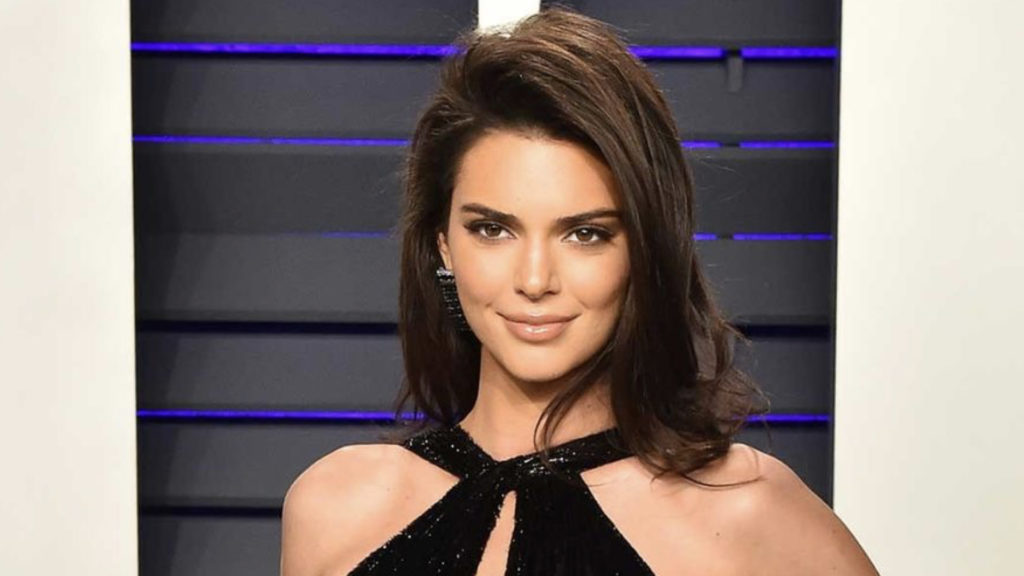
Now, do we think that Kendall Jenner is actually showing up at the FWRD offices as creative director, opening up her laptop in some corner office and firing off an email asking the studio to send over the final shots for holiday 2021? Hardly. But do we think that she’ll pull together her edit for the forthcoming season, essentially putting her stamp on a handful of styles she likes and knows that her followers will buy…and then share a few snaps of that on her ‘Gram while collecting a million dollar plus paycheck? We sure do, because she’s already dropped her first iteration of just that. Creating an editorialized selection is something a retailer like FWRD would already do, highlighting the products they think will sell best and highlighting the designs that feel trend-forward. Adding a big name to the mix only makes shopping a curated edit feel more exclusive.
For some brands, installing a celeb or big Instagrammer as their creative director seems to be part of an equity deal. Take Maude, for example. They’re a modern sex toy company—known for making personal products that can seamlessly blend into a Scandi-chic home, served up in soft tones and discreet bottles—and Dakota Johnson is their creative director. According to a Glossy story from 2020: “[Dakota] is a traditional investor, but is also expected to contribute to Maude’s sustainability goals and provide feedback on new product development and co-branded collaborations.” Maude founder Eva Goicochea noted that the actress wouldn’t serve as an outward facing spokesperson but would be working entirely behind the scenes on new product development and forthcoming collabs. We won’t make a Fifty Shades of Grey joke here, but the synergy is definitely there.
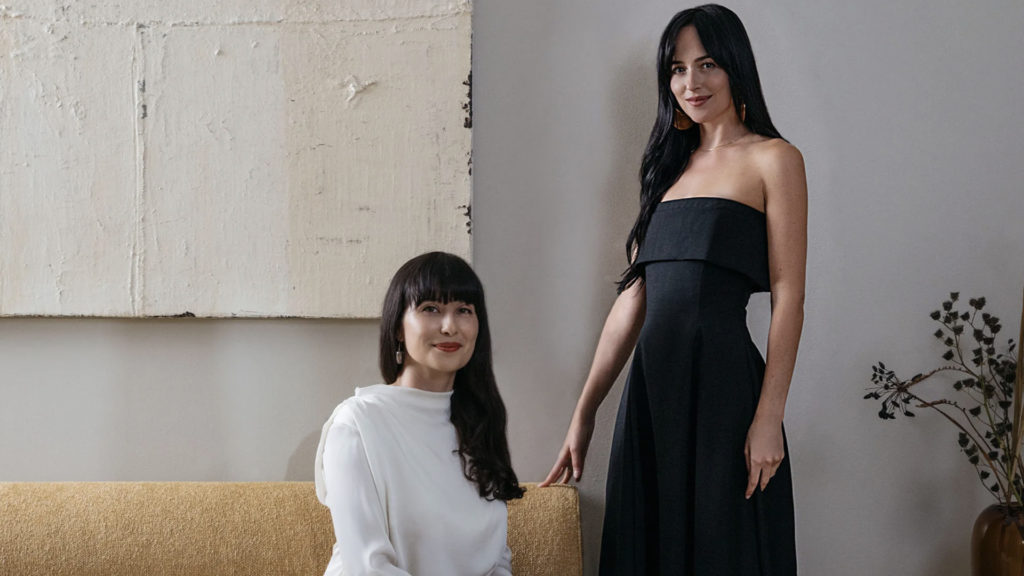
This use of influencer investors almost feels like an evolution of the traditional CPA model, whereby influencers will only make money based on the sales they drive. However, a creative director title feels a little more serious than raking in 10% of sales for a lipstick and lipliner duo promoted via an Instagram story, as it binds a star to the brand and deepens their interest in making sure the company succeeds because there’s more than just a financial investment at stake. There’s a reputation, too.
In order for these types of partnerships to really work they have to feel organic…
…otherwise followers will see right through the deal that, when done wrong, is so obviously seen as an expensive PR stunt. Like how Lady Gaga was appointed as the creative director of Polaroid in 2010. The singer and actress was not known for photography, so it’s not really a shock that the two entities had a very public split four years later—and since then absolutely no one has talked about the camera glasses that came from Lady Gaga’s mismatched partnership.
These deep partnerships can also help brands better forecast what to make, how much to make. Consider Arielle Charnas, who uses her Instagram feed as a marketing tool for her Something Navy brand. While teasing next month’s drop, she’s regularly polling her followers on what they want to see next, if they like the fit of a certain sweater and which shade of jacket they’d rather buy. Who needs a formal focus group when you can fire off an Instagram story with a poll sticker in less than 5 seconds?
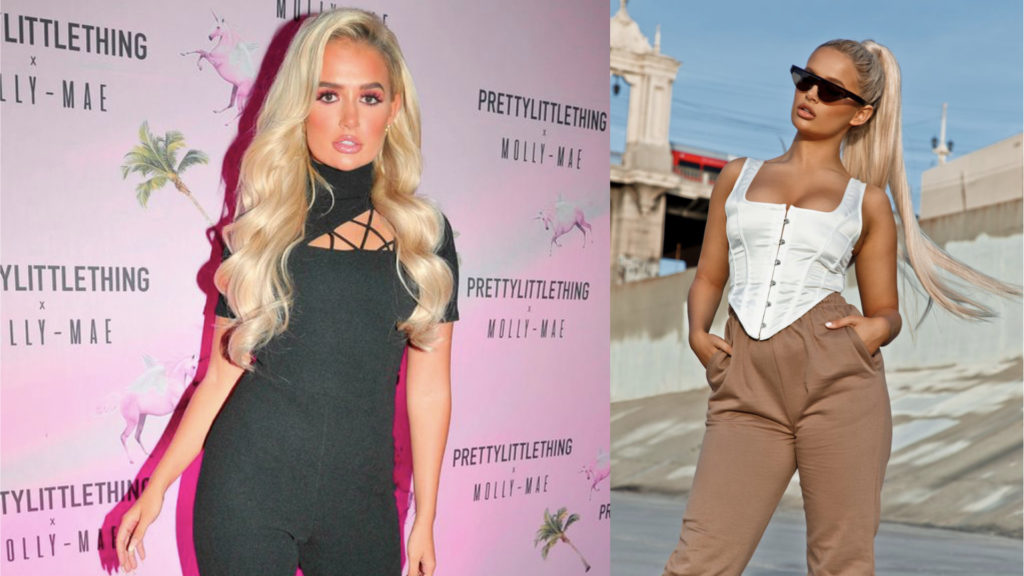
On the other hand, when Love Island season 5 runner-up Molly-Mae Hague was announced as the creative director of Pretty Little Thing earlier this year, it made perfect sense. The fast fashion brand churns out sexy but trendy mini dresses and under-boob baring swimwear, which is basically the Love Island uniform. But they also make cool trousers and corset-like tops that translate well on Instagram, both of which were included in the Molly-Mae Collection, the first from the duo. Also available to shop? Products from the reality star’s fake tanning line, Filter by Molly Mae. Reportedly coming in around seven-figures, this influencer deal was clearly well negotiated—at least on Molly Mae’s part.
At the very least, announcing that a bold name is joining your company can be really good PR. Because when you Google “Emily Ratajkowski Loops Beauty,” the first page is stories from Vogue, WWD, Byrdie, Nylon and the likes where the model is talking about her number one skincare tip. And also how much she loves being creative director and partner of the masking brand—but little else has come out from this corporate duo. Though the brand’s website notes: “Emily will help amplify LOOPS as a leader in the skincare market, expanding the brand’s vision to redefine traditional beauty conventions.”
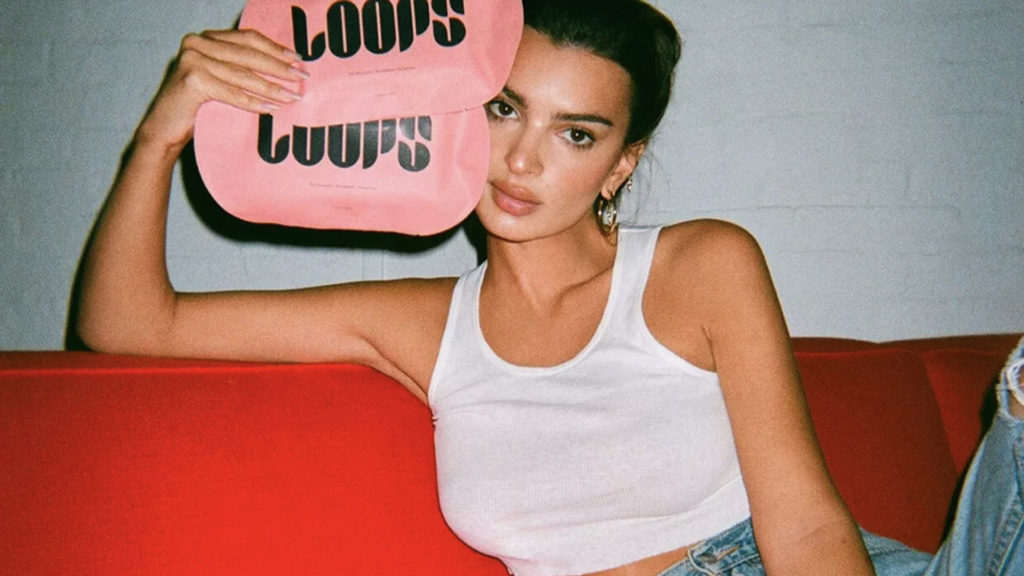
While it’s unclear if this Loops partnership is authentic—or just a really public pandemic boredom project—the fact that Emily’s face is plastered all over the brand’s “About” page just might convince a skeptical shopper to hit purchase.
You can hate on this new—and growing—concept all you want but at the end of the day, brands tend to know what’s good for them. They also know that the right influencer has the power to increase exposure, widen the customer base and eventually lead to sales growth. And if that doesn’t happen, well, at least they got some good PR.
Let’s Talk